✔ Competitive Pricing ✔ Quality Service ✔ Extensive Stock ✔ Experienced Staff
 Price
PriceRouter Tables - Basic Techniques
Router Table Techniques
Using Bearing Guided Cutters
Bearing guided cutters are ideal for use in table-mounted routers, but always remember to feed against the rotation of the bit. However, remember that any edge defects in the timber will be transferred to the cut if you use a bearing, whereas they will probably be bridged out if you use the wider table fence as a guide. For straight work, the bearing face should be set flush with the fence faces using a steel rule to align it. Avoid leaving the bearing set slightly proud of the fence faces, as the cutter will cut deeper at each end of the pass, as the material will move out and drop back against the fence face as it picks up and leaves the bearing.
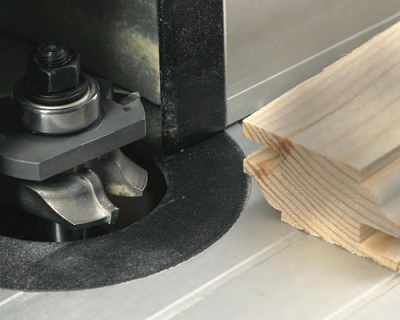
Edge Rebating
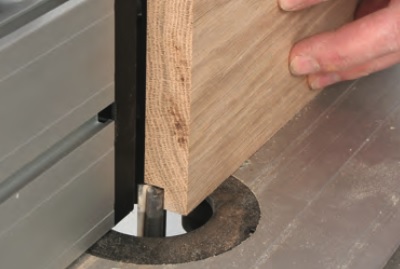
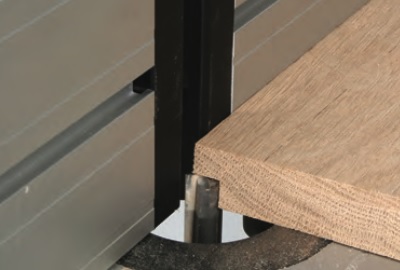
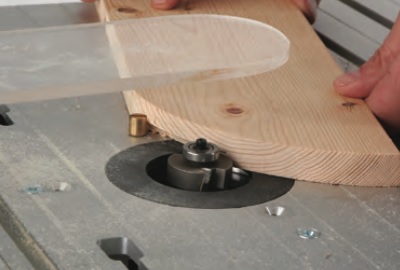
Decorative Edge Mouldings
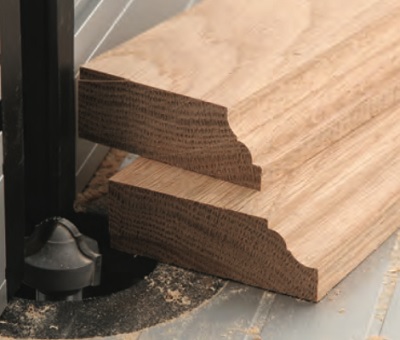
When moulding the full edge of the workpiece, a shaped lead out block should be fitted to the out-feed face of the fence to take up the depth of material removed and prevent any sharp or fine profile detail being damaged as it slides against the fence face. Always avoid running feather edges against the fence; these are best run using a sliding carriage or a template and guided cutter.
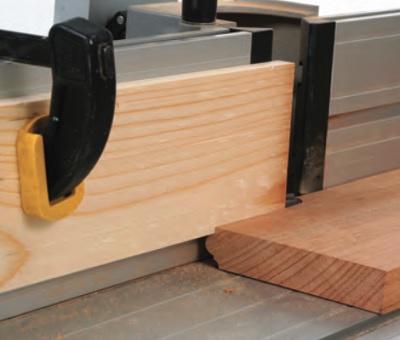
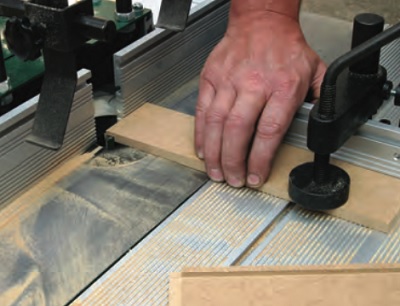
Fixed support: Clamped on the face of the table. This supports the work at an angle while it is run against the table fence.
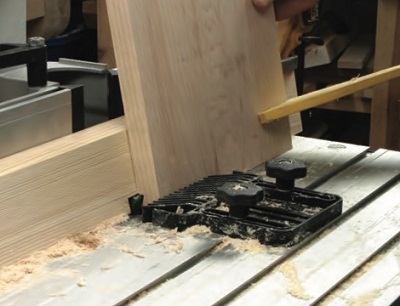
Composite Mouldings
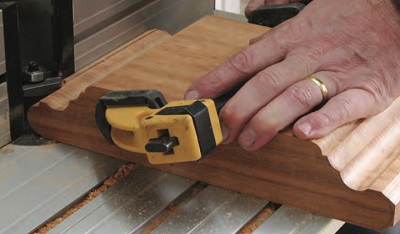
Grooves and Dados
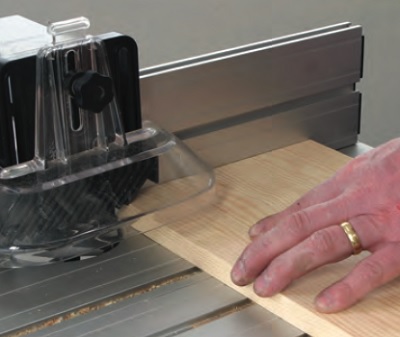
Alternatively, the sliding mitre fence can be used with a parallel waste batten held firmly against it. There will obviously be some limitation to the width of the workpiece using this method, depending on the distance between the mitre fence face and the cutter. Use the same technique for angled dado cuts as well.
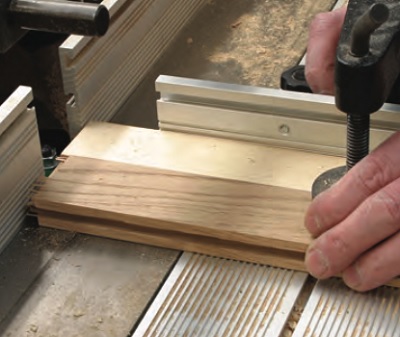
For stopped cuts draw registration marks on the fence to indicate the stopping points, or fix up stops for absolute precision.
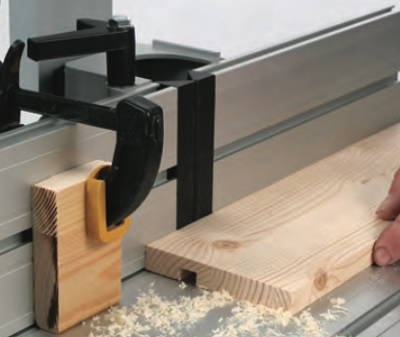
Avoid making dado cuts in wide boards on the inverted table as it is not easy to feed the work accurately enough and it is also difficult to guard the cutter satisfactorily. For this operation, use the router hand-held or on an overhead router table.
Edge Planing
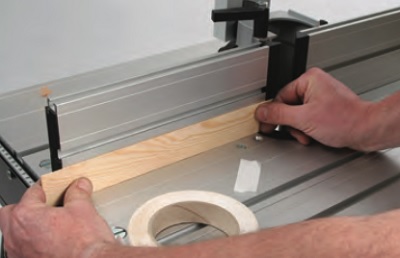
Fix the packing strip to the fence with double sided tape, then use a steel rule held against the face of the packing to set one cutting edge of the cutter against the rule edge, leaving it proud of the in-feed face; this is the depth of cut.

When you are cutting, keep the workpiece tight against the in-feed face until enough material has passed the cutter to sit firmly against the out-feed face.
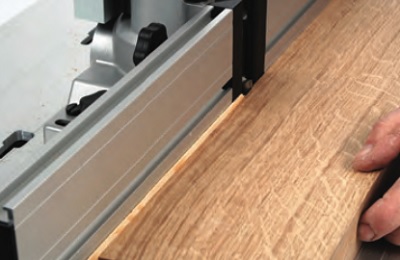
Using Jointing Cutters
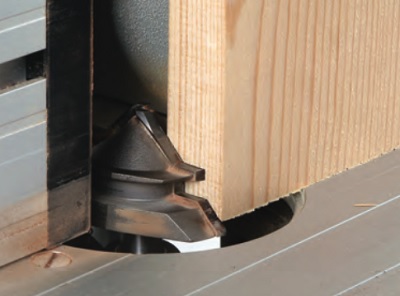
Scribing Sets and Profile Scribing Cutters
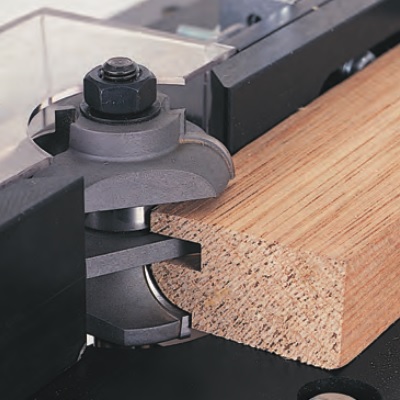
Before cutting the finished work, always make several trial cuts to check that the joint is tight and the faces flush.
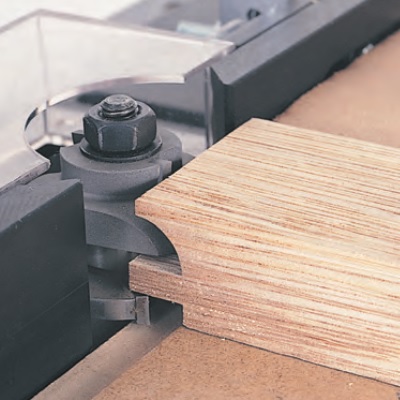
Having completed a perfect trial joint, keep it available for re-setting the cutter components for future projects.
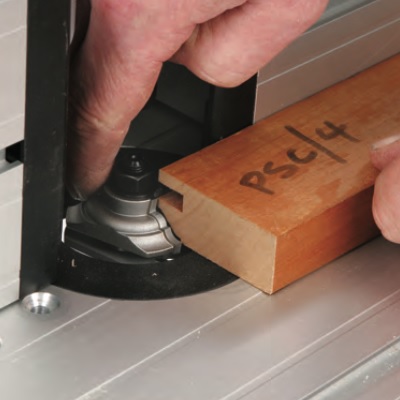
A dedicated push block with integral clamp makes end scribing cuts more consistent.
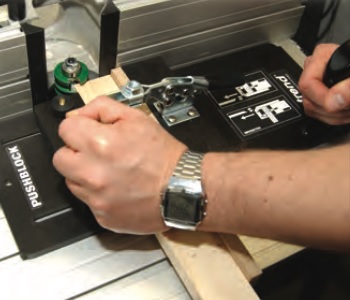
When cutting the rail or muntin ends, use a work holder to keep it square to the fence and fit a parallel waste batten to prevent break-out on the back of the timber.
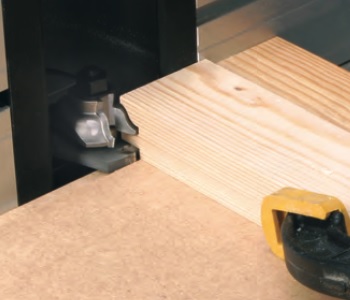
Large Diameter Cutters
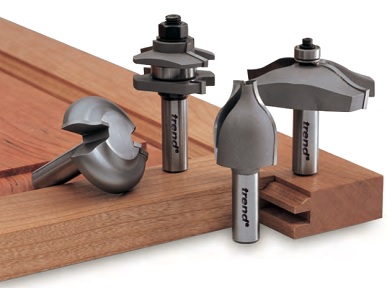
Vertical Panel Raisers
As they have a smaller diameter compared to horizontal panel raising cutters, these cutters can be used in medium duty routers fitted in the router table. However, it is important that the panel is kept perfectly vertical against the fence throughout the pass. This can be helped by fixing a vertical board to the fence as an additional support.
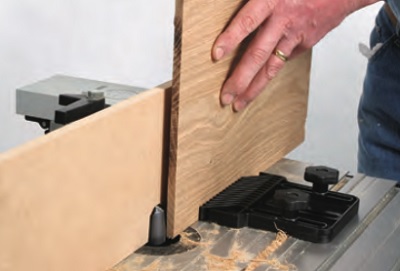
Make the cut in a series of passes, raising the cutter on each until the full width of the mould is achieved.
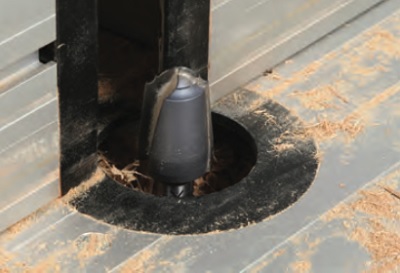
Halvings and Tenons
Halvings and Tenons can be cut using the sliding mitre fence, a work holder, or a slide fitted to the vertical fence. In all cases, use a spelch batten behind the work to prevent break-out.
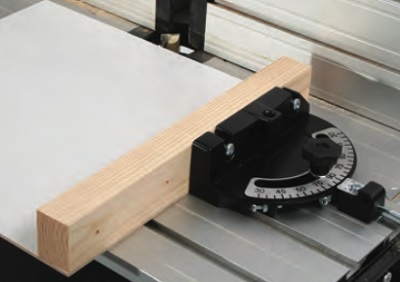
With the former, where the work is held horizontally, use the largest diameter cutter possible running the rail end against the table fence.
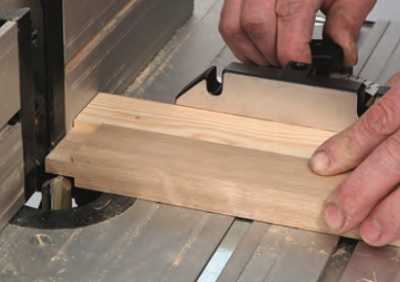
If necessary, then re-position the fence to lengthen the cut from the end of the rail. If you use a work-holder several rails can be cut at the same time.

Dovetail Dados
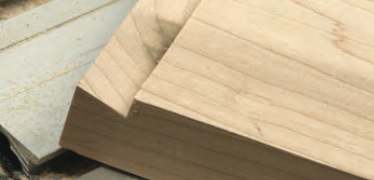
Curved and Shaped Work
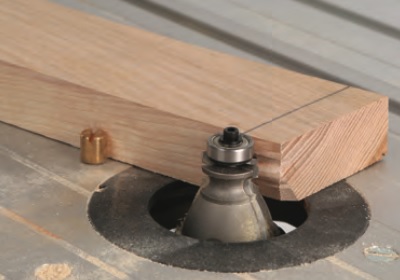
If you are machining curved work, always use a lead-in pin or a feed block to minimise the risk of the cutter ‘snatching’ the workpiece as it is fed into the cutter. A similar arrangement can be fitted to prevent work from being pulled behind the cutter as it leaves. However, on small radius curved work this may not be possible.
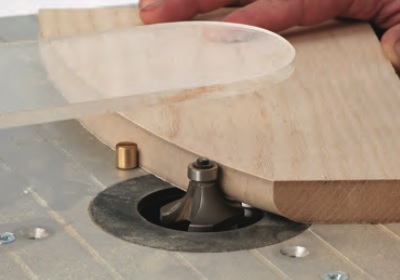
For trimming or moulding edges this way, it is better to allow extra waste at both ends of the workpiece. This will provide a lead-in and lead-out section allowing the work to be fed smoothly onto the cutter. Templates can also be used in a similar way to provide the same effect. Take care with small or narrow workpieces. Where possible make up a simple work- holder to provide safer control of the work.
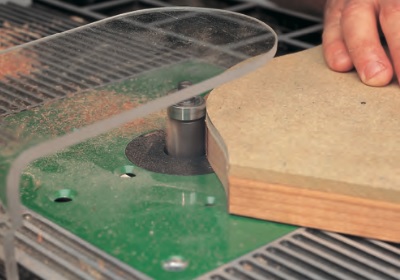
You may also be interested in a Beginners Guide to Router Tables
Find a wide range of Router Tables here





 01726 828 388
01726 828 388






